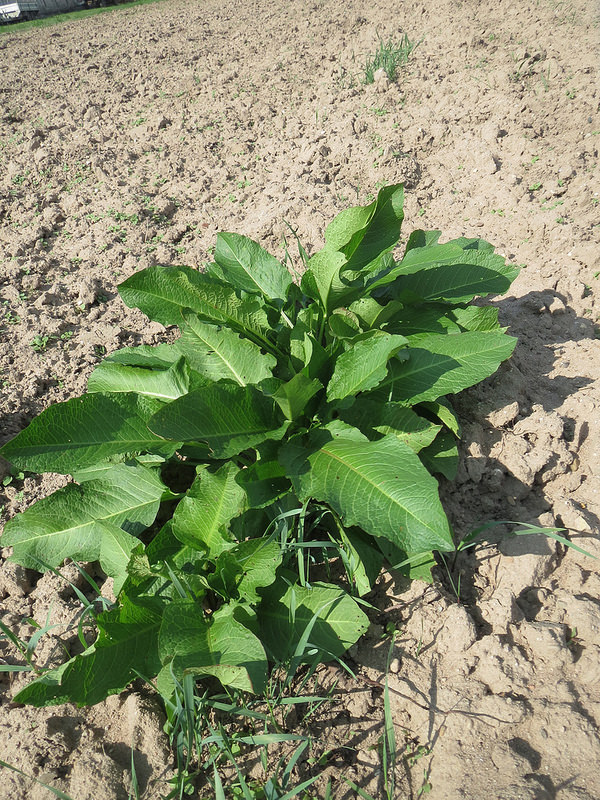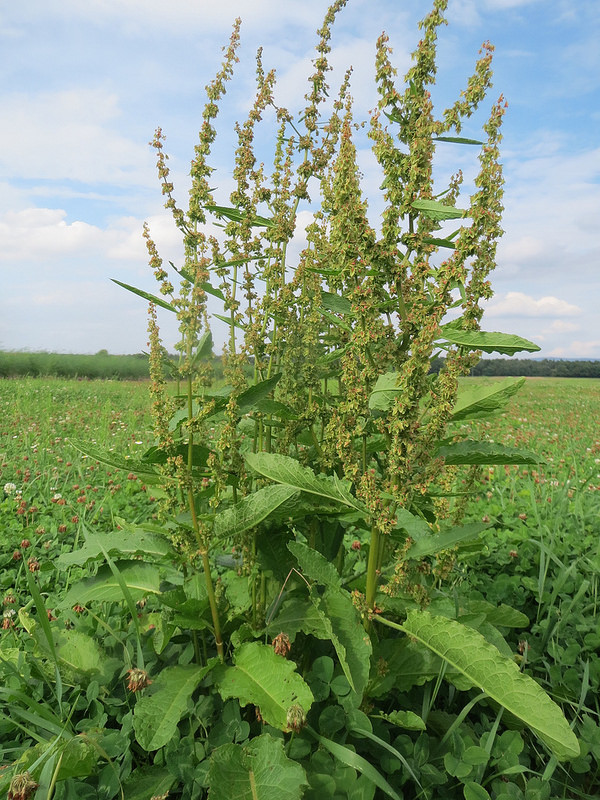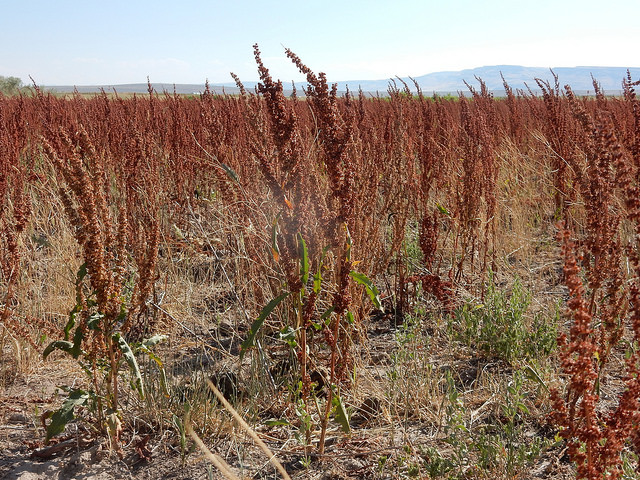Broad leaved dock (Rumex obtusifolius) Weed Management
 The Broad leaved dock is also known as bitter dock, dock leaf, butter dock, bluntleaf dock and has a botanical name of Rumex obtusifolius. The broadleaf dock is a perennial weed and is part of the Polygonaceae family. It has originated from Europe but is now found in the United States and has spread around the world to other countries such as Australia and New Zealand.
The Broad leaved dock is also known as bitter dock, dock leaf, butter dock, bluntleaf dock and has a botanical name of Rumex obtusifolius. The broadleaf dock is a perennial weed and is part of the Polygonaceae family. It has originated from Europe but is now found in the United States and has spread around the world to other countries such as Australia and New Zealand.
This garden weed is a perennial flowering plant that can grow up to 52 to 130cm.The plant is identified by large oval leaves with a rounded tips and a chordate base. Typically likes to grow in waste ground, Meadows, roadsides and along shorelines. Broad leaved dock has the ability to grow in just about any soil type except for the most acidic type of soil.
The dock weed seems to like to thrive in high nitrogen or low in potassium type soils. Identified also with the oval rolled leaves and red stems that grow up from the plants center. The Broad leaved dock will typically flower from June to October.
Dock seeds are produced each year and have the ability to survive long periods allowing many dock seeds at a time to build up within the soil. The dock weed when it is a mature large plant has the ability to produce up to 60,000 seeds each year. It has the ability to shed the seeds from the late summer right through into the winter. 
The broadleaf dock seedlings do not typically start their flowering process in the first year of growth. When the soil gets cultivated this is where re-infested soil gets spread around. The tap roots are seldom killed by cultivation.
The well-established plants are very strong and can hold up to being trampled on and mowed. You will find that there will be new shoots that will start to quickly grow up after decapitation and will repeatedly regenerate.
Control or managing the Broad leaved dock
- Best to get rid of the weed by the roots by digging out the dock weed root with a good garden spade.
- Topping off and cutting the stems or mowing the plant will just cause the plant to start shooting straight from the ground level and will encourage Root regeneration but it will prevent seeding of the plant. Cutting 3 to 4 times a year will help reduce the productivity of the plant.
- For large patches of growing dock weed you can apply a broadleaf herbicide that has a ingredient containing clopyralid. Round-Up is the easiest herbicide that may be available and does kill dock weed.
- Using an organic herbicide to kill dock weed. insecticidal soaps can be your best organic choice for controlling the broad leaved dock weeds. Herbicide soap-based products will dehydrate the plant usually on younger plants that do not have a well-established root system. Organic insecticides may also include acetic acids, citric acids. Check labels of the organic soap-based herbicide for full benefits.
- Apply herbicides in the spring this is when the broad leaf docks are in their actively growing stage but have not started to form seed head formation. A second application may be needed especially for well-established dock plants.


